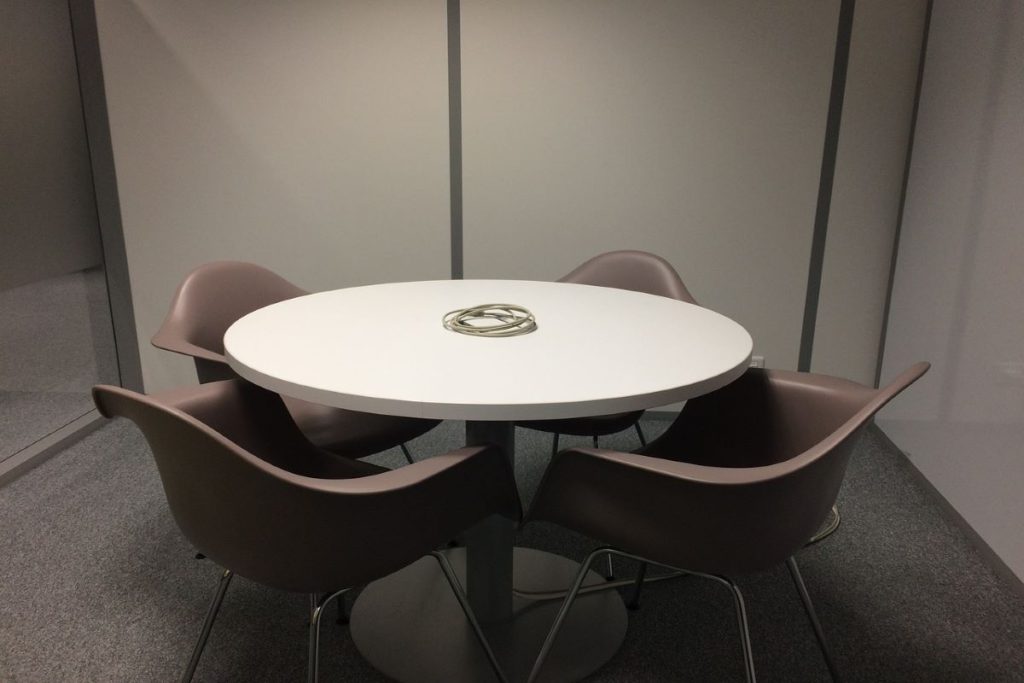The year is 2023, and gone are the days in which a majority of the population was on their feet for large portions of the day. Not only are we not out hunting and gathering, but most of us aren’t putting in any manual labour at all. In fact, when we look at what the most common jobs are as of today, you’ll find a heavy skew for office or other predominantly seated positions. Even if you do find yourself in the minority (such as labourers, healthcare workers, medical equipment sales reps, retail workers, hospitality, etc.), it’s still very likely that you spend enough of your personal life reclining for seating to impact your body. With that in mind, it’s unsurprising that your choice of seating for your home, car, and office can greatly impact your health and well-being.
At home, you likely spend a reasonable amount of your free time seated. If you’re anything like a majority of Aussies, it’s probably common to see you kicking back on the couch in front of the TV after a long day at work. You might enjoy your dinner at the dining table with your family every night – that means sitting on another chair.
In this post-Covid world, the odds are high that you’ve got a home office with a mesh back office chair. We can’t forget the seat we all use at one time or another – your bathroom throne, if you will. Despite all this sitting, it’s highly unlikely you’ve ever considered any impacts on your health. And who can blame you – when decorating our homes, we’re thinking about aesthetics and price, not necessarily ergonomics.

It’s become relatively common for us to live to see old age, and with old age comes the breakdown of our bodies. You’ve no doubt all heard our elderly grandparent complaining of aches and pains. Back pain is one of the leading pain complaints in individuals over 75. Aged care equipment suppliers go to great lengths to provide products to relieve these pains. What if we made decisions now to minimise these problems later in life?
Whilst there are many different contributors to bad posture, it’s undeniable that poorly designed seating is one of them. Very few of us can truly say we have good posture; many of us don’t just sit in poor positions for our posture but also walk and sleep in ways that negatively impact it. It’s exceedingly common in taller people to be hunched over in an effort to take up less space, but most of us just find a rolled or slouched position more comfortable. Why not incorporate some stretches into your daily routine and pay a little more attention to the way you hold yourself when you walk? Fixing your posture and developing habits to maintain it now will save you many issues as you age.
Bad posture and chronic back pain aren’t the only negative effects that poor seating can cause. Prolonged length of time sitting in the wrong chair or one that has been ill-adjusted can lead to a series of health effects, including:
Brain Fatigue and Decreased Concentration: When we sit in chairs of poor quality, we might not notice the impact this has on our brains. Even if you aren’t experiencing discomfort (in fact, in many cases, you might feel more comfortable), your muscles are working overtime to pump blood and oxygen to the brain. The unconscious strain can lead to excess fatigue as well as prove to be a distraction from any tasks.
Headaches or Migraines: Another knock-on effect of your muscles being overworked is tension headaches. Many people who spend long periods of time in ill-fitting chairs will experience headaches along with back pain.
Digestive Issues/Poor Blood Circulation: Poor seating will force the body to assume positions that don’t promote healthy digestion. It can lead to symptoms such as weight gain, heartburn and often constipation. The pressure put on our bladders due to excessive slouching has also been linked with incontinence.
So, what can we do to fix/avoid these problems? Over the next few days or weeks, really take stock of the places you regularly sit. Pay attention to the shapes you find yourself bending into on the couch each evening or the way your coccyx feels after you’ve been sitting at the dinner table for a while. Take in how your backbends and feels as you slouch into meeting room chairs or boardroom chairs compared with your regular desk chair. Perhaps it’s time to replace the cushions on your couch or research office fit out ideas. Taking the time to improve the seats in your life will undoubtedly have a lasting positive effect on your overall health.
The quality of seating you choose throughout your life is crucial, but it’s also worth noting that we, as a society, actually sit far too much. Recent studies are uncovering a multitude of ways that prolonged sitting or an absence of regular movement and exercise has subtle negative impacts on our health. Once you’ve got your seating sorted, it might be time to do a lifestyle check too. Simple changes like ensuring you get up from your desk every 30 or so minutes (to stretch your legs and get the blood pumping) can make noticeable differences. Where possible, why not take your team meeting as a walk around the block – you can record what is said on a phone if taking minutes is required.
Adjustable desks are likely to become the new norm in the near future. These genius inventions allow users to adjust the height of their desks and alternate between sitting and standing. Try standing while you watch TV or talk on the phone. If you’re working from home, like so many of us are post-Covid, try to get out of the house for a walk before work or at the end of your day. If intense exercise just isn’t your thing, there are plenty of low-intensity options that are also fantastic for postures, such as yoga or tai chi. These simple changes, alongside an upgraded chair, will make a world of difference for your body.
Making the right choice of seating could be the healthiest and wisest choice you make for your well-being.
